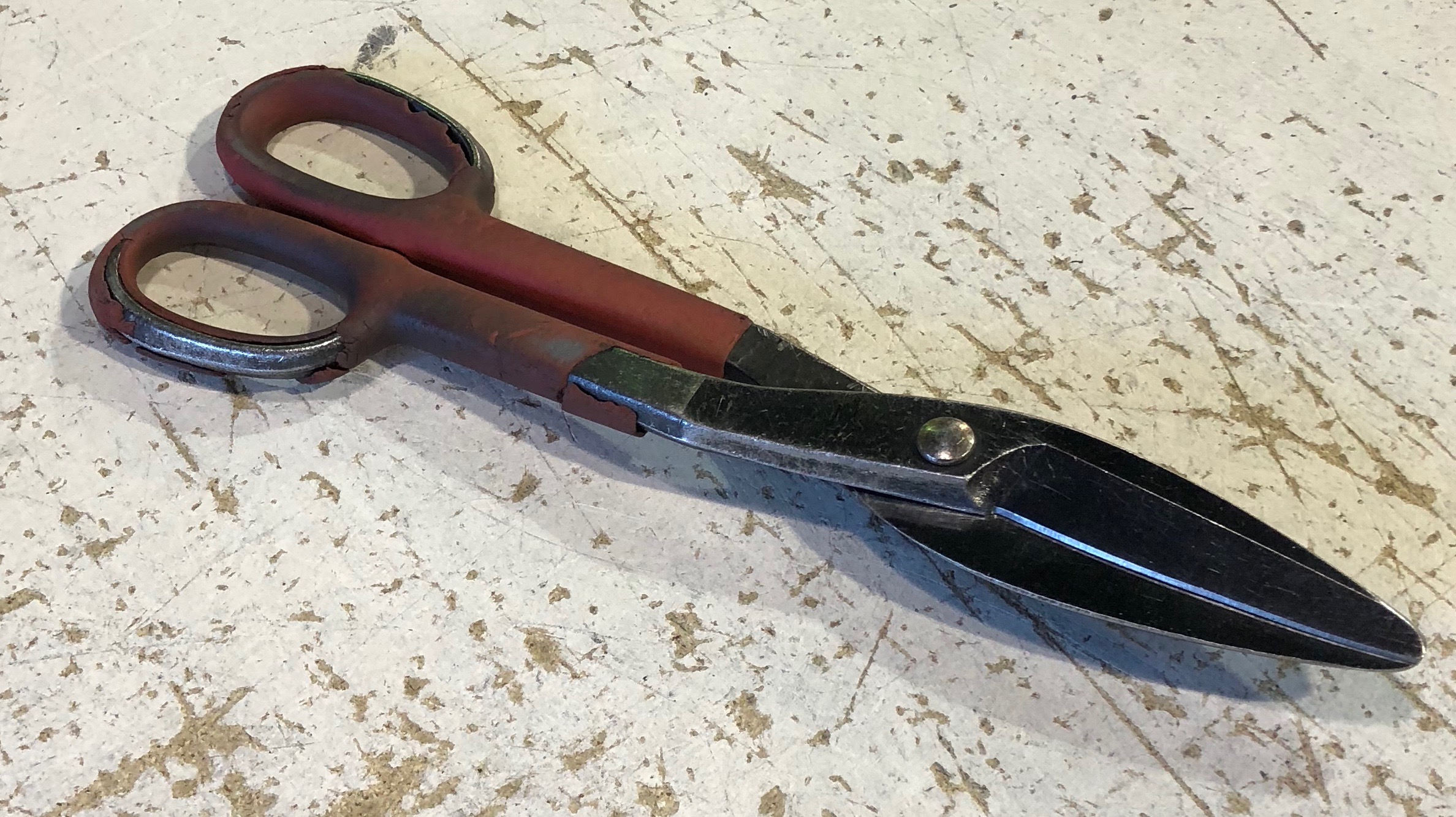Every fitting tells a story.
This photo might look like a stack of shiny metal boxes to some, but to us, it's a week of progress, planning, and precision. Each piece sitting on this pallet—offsets, reducers, elbows, takeoffs—is the result of a design process that begins with tape measures in tight basements, field notes scribbled on scrap paper, and digital cut files run through our plasma table.
Here’s what you’re looking at:
A mix of custom transitions, each fabricated to fit unique site conditions
A couple of rectangular elbows, carefully bent to maintain airflow and minimize pressure loss
A set of square-to-round reducers, which help marry mismatched systems
Stacks of unformed blanks, labeled and ready to bend, notch, and hem
All this galvanized sheet metal will be installed in real homes and buildings within days—maybe even hours. It will hide behind drywall, above ceilings, and inside mechanical rooms. And though you may never see it again, your comfort will rely on its craftsmanship for years to come.
Why It Matters
Most homeowners never think about their ductwork until something goes wrong. But behind every well-ventilated space is a network of sheet metal fittings fabricated by hand and eye—cut to spec, sealed tight, and installed by a crew that knows airflow is as much art as science.
These aren’t generic pieces pulled off a shelf. Every job has quirks—maybe the furnace sits low, or the joists don’t line up, or the return drop has to squeeze past plumbing. That’s where skilled fabrication makes all the difference.
From Shop Floor to Air Flow
This pallet is ready for delivery, and the team who built it will probably never see the finished job. That’s just how it goes in this line of work. But we take pride in knowing that when someone turns up the thermostat or gets a blast of cool air in a second-story bedroom, this pile of metal helped make it happen.
So here’s to the overlooked, the hidden, the hard to reach. Here’s to ductwork that fits like a glove.
A Trade Worth Learning
If you’re a young person out there wondering what to do with your hands, your head, and your future—look again at that photo.
Those fittings didn’t come from a factory overseas. They were made right here, by people who know how to read a job, cut a pattern, fire up a plasma table, and build something real. There’s value in that. There’s pride in that. And there’s opportunity in it, too.
The trades are full of aging experts and open jobs. The work is steady, the pay is solid, and the impact is immediate. You don’t need a mountain of student debt to get started—you need curiosity, grit, and the willingness to learn.
We need more hands on deck. If you like working with tools, solving puzzles, and doing work that actually matters, this is a career path worth walking. And we’re always looking for people ready to take that first step.
Want to see more behind the scenes?
We’re planning a photo series showing how fittings go from CAD file to cut sheet to installed product. Follow along on the blog or sign up for our newsletter to get updates.
📸 Photo taken in our shop last week. Every job is different, and every fitting gets made with care.
🔧 If you’re a homeowner planning a retrofit or a contractor needing fast turnarounds, reach out. We build to fit, not force.







